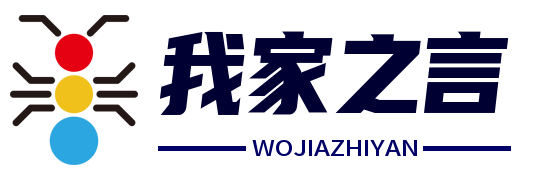In the contemporary world, technology has become an integral part of our daily lives, transforming the way we communicate, work, learn, and even entertain ourselves. The benefits of technological applications are vast and multifaceted, impacting nearly every sector of society. This essay will explore some of the key advantages that technology applications bring to modern life.
Firstly, one of the most significant advantages of technology applications is the enhancement of communication. With the advent of smartphones, social media platforms, and instant messaging services, people can now connect with others across the globe in real-time. This has not only made personal communication more convenient but has also facilitated business interactions, enabling companies to collaborate with partners and clients from different parts of the world. The ability to communicate instantly has broken down geographical barriers, fostering a more interconnected and globalized society.
Secondly, technological applications have revolutionized the field of education. Online learning platforms have made education more accessible to a broader audience, including those who may not have the means or opportunity to attend traditional schools. These platforms offer a plethora of courses, from basic literacy to advanced professional certifications, allowing individuals to learn at their own pace and according to their own schedules. Moreover, educational technology applications have made it possible to customize learning experiences, catering to different learning styles and needs, which can lead to more effective and engaging education.
Thirdly, technology applications have significantly improved healthcare. Telemedicine, for instance, allows patients to consult with doctors remotely, which is particularly beneficial in rural areas or for those with limited mobility. Health monitoring devices and applications can track vital signs and other health indicators, providing real-time data that can be analyzed by healthcare professionals. This not only helps in the early detection of potential health issues but also empowers individuals to take a more active role in managing their health.
Furthermore, technology applications have streamlined various business processes, leading to increased efficiency and productivity. Automation and artificial intelligence have taken over routine tasks, allowing employees to focus on more complex and creative work. Cloud computing has provided businesses with scalable storage solutions and the ability to access data from anywhere, which is crucial for remote work and disaster recovery plans. Additionally, e-commerce platforms have expanded market reach, enabling businesses to sell their products and services to a global audience.
Another important advantage of technology applications is their role in environmental sustainability. Smart grids and renewable energy systems are becoming more prevalent, thanks to technological advancements. These systems can optimize energy consumption, reduce waste, and integrate renewable energy sources more effectively. Moreover, technology applications in agriculture, such as precision farming, have the potential to increase crop yields while using fewer resources, which is vital for feeding a growing global population in a sustainable manner.
Lastly, technology applications have also enriched our leisure and entertainment experiences. Streaming services have provided access to a vast library of movies, TV shows, and music, allowing users to enjoy their favorite content on-demand. Virtual and augmented reality technologies are opening up new possibilities for gaming and interactive experiences, blurring the lines between the digital and physical worlds.
In conclusion, the advantages of technological applications are numerous and far-reaching. They have transformed communication, education, healthcare, business, environmental sustainability, and entertainment, making our lives more convenient, efficient, and enjoyable. As technology continues to advance, it is likely that we will see even more benefits emerge, further enhancing the quality of life for people around the world. However, it is also important to consider the potential downsides and challenges that come with technological progress, such as privacy concerns, digital divide, and the need for continuous learning to adapt to new technologies. Balancing these aspects will be crucial in ensuring that technology serves as a force for good in society.







